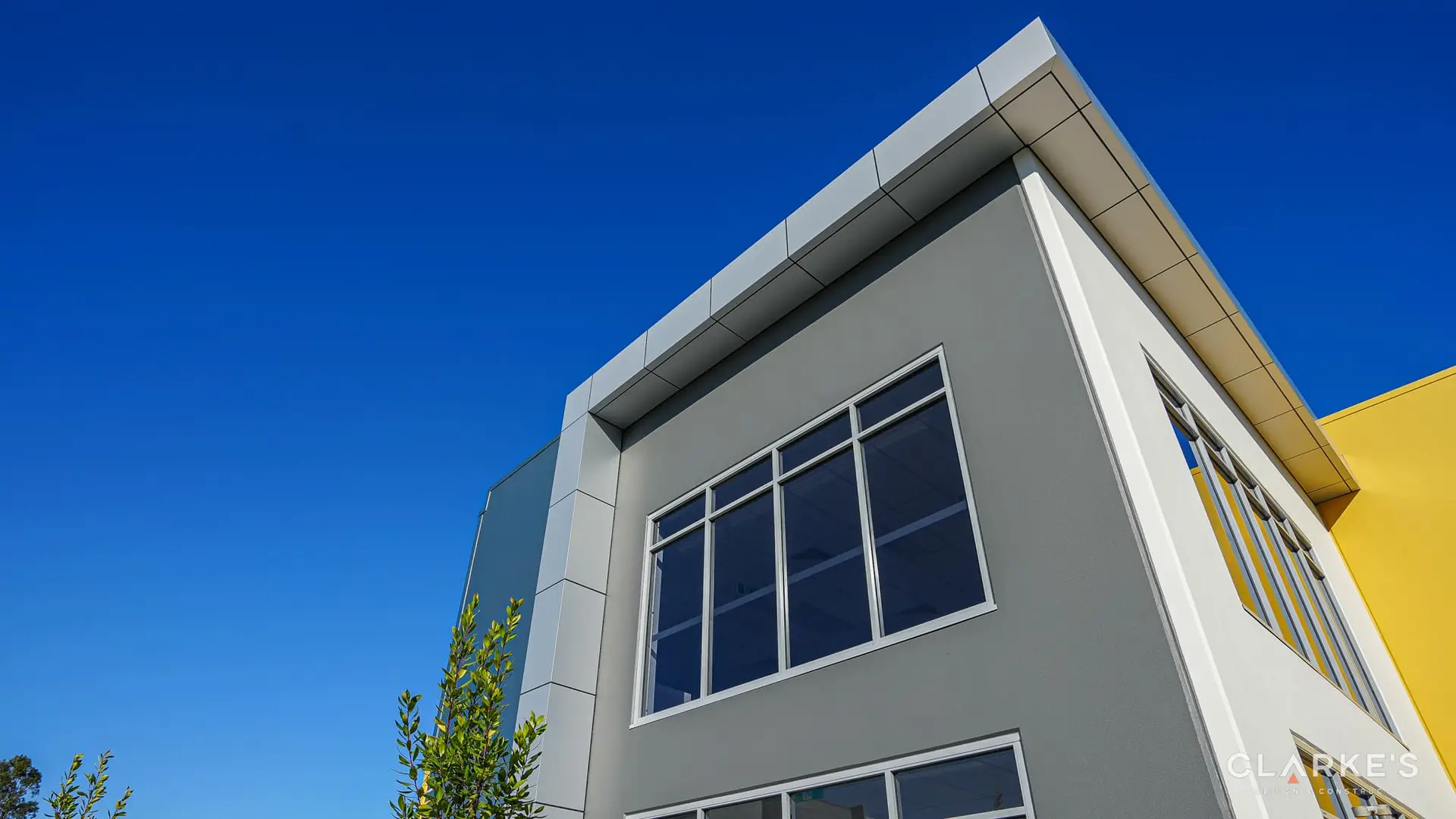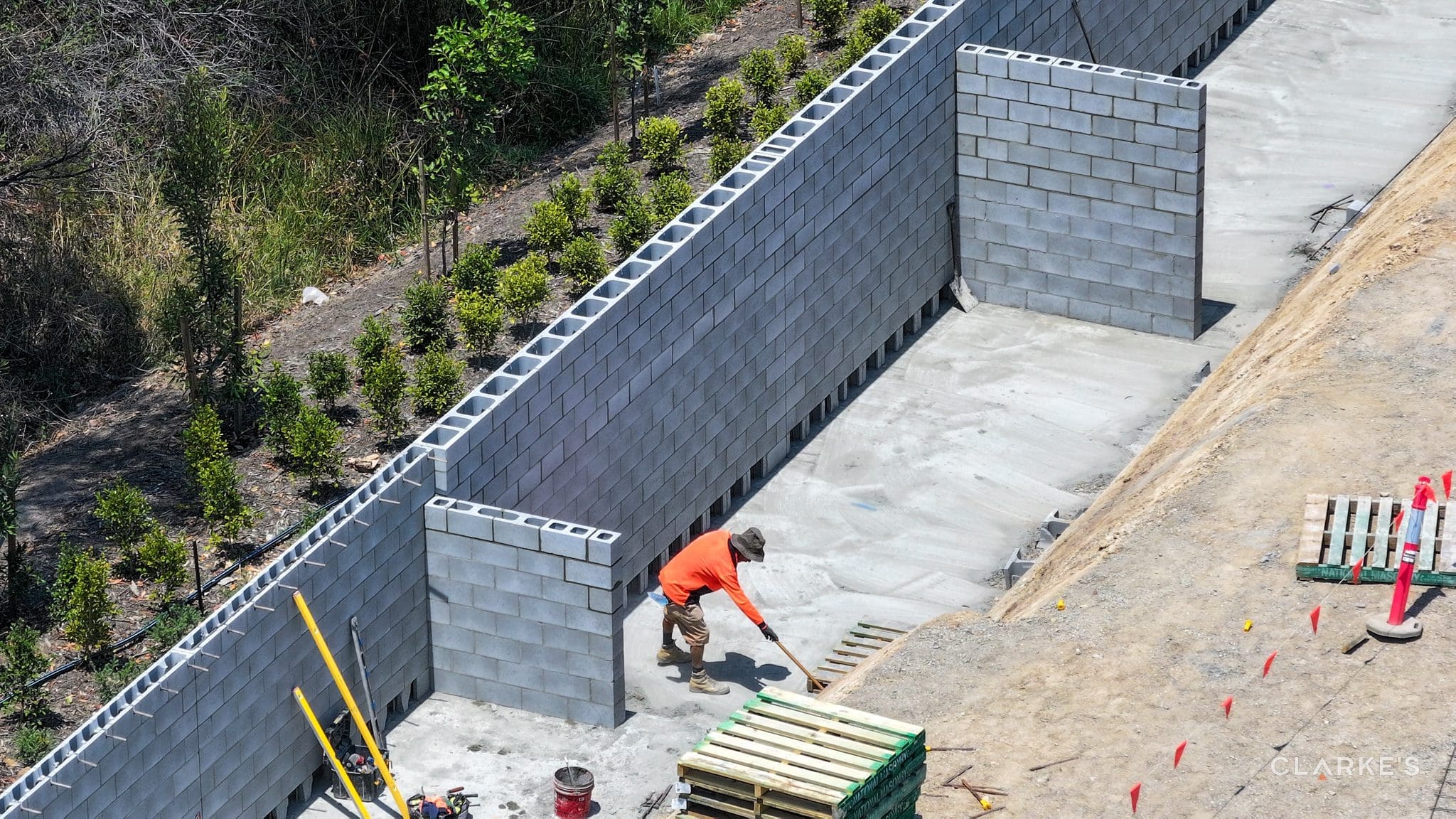The last year has marked a significant period of change for Australia’s economy and investment markets.
While we’ve seen our largest residential property markets grapple with the impacts of rising interest rates and inflation, what’s been less talked about is the valuable opportunities we continue to see across the commercial property sector.
In the wake of the COVID-19 pandemic, we’ve seen underlying shifts underpin the growth of several commercial asset classes.
Sectors such as CBD retail have struggled under the move towards remote working and resulting changes to our spending habits, while other assets – such as industrial and logistics facilities – have been the beneficiary of the rise in online spending.
In today’s economic environment, commercial property can also hold significant appeal due to the ability of certain assets to hedge, or at least minimise, the impact of inflation.
Below, I consider the three trends I believe will shape commercial property investment opportunities in 2023.
Value-add strategies will help to hedge against inflation
Given the current economic environment, commercial assets that provide a hedge against inflation will inevitably hold stronger appeal to commercial property investors.
Some assets may offer this naturally through rent reviews that are linked to the Consumer Price Index (CPI). In other cases, this may also be manufactured through value-add strategies.
Take the industrial property sector as an example.
It’s no secret that industrial property has benefited from the boom in e-commerce. The rise in online spending, accelerated by the pandemic, means some companies are now requiring more space as a means of storing back-up inventory to avoid supply chain issues.
Combined with a serious lack of new supply nationally, this high demand for industrial property has driven vacancy rates to long-term lows. This in turn has driven rents upwards, with Colliers reporting a 21.6 per cent increase in prime national weighted industrial rents in the 12 months to late 2022.
These conditions also present a unique opportunity from a repositioning perspective.
In targeting underperforming industrial assets with value-add potential, investors and fund managers have the opportunity to meet this combination of undersupply and high demand to capture increased rents, in turn helping to protect against the impact of rising interest rates on asset values.
Non-discretionary sectors will hold appeal
As interest rates begin to take their toll on consumer spending, this is also going to increase the appeal of non-discretionary assets.
Assets such as medical facilities and neighbourhood shopping centres, which focus on essential goods and services, tend to experience demand from consumers regardless of economic cycles, and hence can be less impacted by economic headwinds.
In a survey we recently conducted at Westbridge Funds Management, more than one in two (55 per cent) of our experienced investor respondents expressed a specific interest in the medical sector.
Indeed, JLL Research confirms that over the past 12 years, Australia’s medical sector has experienced compound annual spending growth of 5.3 per cent, driven by significant government investment and sustained demand from Australia’s ageing population – factors that no doubt underpin its appeal as an investment-worthy asset class.
Counter cyclical opportunities will drive renewed interest in the office market
While recent years have seen office assets fall out of favour due to the pandemic-induced shift towards remote working, I believe we will begin to see a renewed interest in 2023 thanks to solid yields and opportunities to purchase below replacement values across several markets.
Indeed, while the trend towards remote working has seen widespread adoption of a hybrid workplace model, recent data has also confirmed the continued requirement for physical office space in enabling face-to-face collaboration.
This isn’t to say investors shouldn’t be cautious in where and what they invest in.
We are still seeing divergent occupancy rates for office assets across Australia’s capital cities. While data from the Property Council of Australia shows occupancy rates have reached 80 per cent in Perth, they remain as low as 56 per cent in cities like Melbourne, which are struggling to draw workers back into the CBD.
Another trend that is becoming increasingly evident is the rising importance of Environmental, Social, and Governance (ESG) qualities in driving the decisions of office investors and occupiers alike.
Eco-friendly office assets don’t just lower costs for tenants, they also offer a more pleasant work environment, which can underpin improved staff retention.
This is driving a divide between prime and secondary office stock, with Colliers noting that around 70 per cent of leasing deals in CBD markets in Q3 2022 involved tenants committing to prime office space.
So, while there are definitely counter-cyclical opportunities for the right properties, it pays to be selective in which opportunities offer the highest potential.
The bottom line
As an asset class, commercial property can offer attractive benefits both within and outside of higher inflationary environments.
However, nuanced asset selection and management strategies are essential in managing risks and identifying sectors poised to perform both in the shorter and longer-term.
The key for investors looking to access these opportunities will be building the right level of diversification into their portfolio to increase the possibility of outperformance regardless of economic headwinds.









